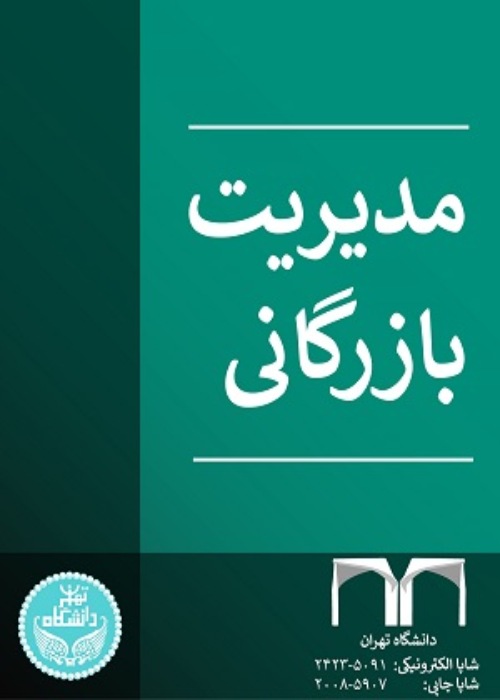Development of Retail Banking Customer Experience Creation Model from Manageable Factors by Organization Using Interpretive Structural Modeling (ISM)
The large number of bank customers may sometimes be misinterpreted as loyalty because in many cases the accounts inactive and the customers are not much willing to go to the banks. In the current situation, the main challenge for managers is the constant changes of the expectations and needs of banks' customers, where traditional marketing paradigm is no longer responsive. Accordingly, by emphasizing on the various dimensions of the customer experience and identifying the relevant key factors, one can provide sufficient insight for the bank's management to the key factors needed to succeed in the customer experience. It should be noted that the main gap, currently, exists in the research literature is the gap between the academic field and the implementation on the topic of customer experience. Accordingly, the main purpose of this study is to present a model of customer experience through organization manageable factors in the micro banking industry considering an interpretive structural equation approach.
In this regard, a mixed research design was applied and 68 micro-banking clients were studied through in-depth and focus group interviews. Experts’ opinions and Fuzzy Delphi method were used to analyze the data. In order to confirm the research pattern and to assure the fitness and sustainability of the second-order confirmatory factor analysis model was used. Moreover, a questionnaire was designed and distributed among 400 clients of micro banking industry. Finally, interpretive structural equation (ISM) method was used to explain the model, and the expert survey revealed the relationship between the factors that constitute the customer experience and their respective levels.
Out of the 70 dimensions mentioned in customer experience, 37 items were rejected and a total of 33 items were accepted as the main dimensions by experts. Due to the removal of subcategories, the main categories of “physical enclosures” and “service exposures” were completely removed. According to experts’ opinions, the sub-categories of price, security and services have been combined and named as service categories. Other customers were combined with the main social environment category and the social environment category was further classified into three sub-categories. Finally, nine main categories shaping the customer experience in the micro banking industry were extracted along with the thirty three sub-categories. These dimensions were identified at six levels as the outputs of the model and their relationship to each other was determined.
The extracted model in this study reflects the effective dimensions on customer experience in the micro banking industry. According to the theory of consumer culture, cultural aspects should be considered in consumption research. Banks can put into action the issue of customer experience management in the light of the dimensions of this research. The service categories with six main sub-categories occupy the largest part in this model. The sub-categories related to costs, security and services are the areas where banks can manage their customers to create a better customer experience. In previous models of customer experience, hidden costs were not taken into account in the models. The category of “employees” with four main sub-categories is among the influential aspects of the customer experience in the micro banking industry where banks can manage this sector through coherent HR planning. Another major issue is the extraordinary experience that was not addressed in previous models. Because of the equity in the banking industry, it is difficult for banks to create an extraordinary experience. Therefore, planning for the four sub-categories of this sector including surprise, distinction, rewards and value-added services for bank managers is essential. In the context of the proposal for future research, it should be noted that the issue of customer experience has been raised as a new topic in the field of marketing for Iranian organizations. Related topics such as customer experience management and measuring customer experience should be addressed in future research. Given that customer experience is among the hot topics in the coming years, it is therefore essential for organizations to pursue this issue in pursuit of customer experience management models and customer experience measurement models, and ultimately to obtain the expected outputs from customer experience.
- حق عضویت دریافتی صرف حمایت از نشریات عضو و نگهداری، تکمیل و توسعه مگیران میشود.
- پرداخت حق اشتراک و دانلود مقالات اجازه بازنشر آن در سایر رسانههای چاپی و دیجیتال را به کاربر نمیدهد.



